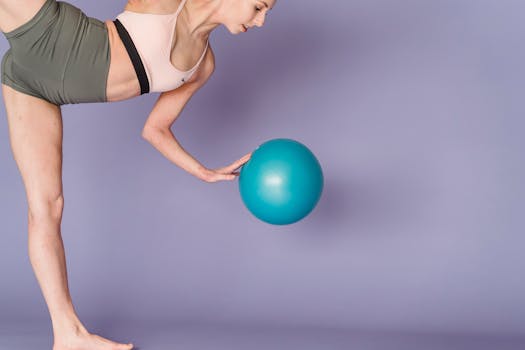
Discovering Core Power: What Yoga and Pilates Can Teach Us About Strength
Discovering Core Power: What Yoga and Pilates Can Teach Us About Strength. I still remember my first yoga class like it was yesterday. I had always been fascinated by the idea of yoga, but I had never actually tried it before. As I walked into the studio, I was greeted by the sound of soothing music and the smell of incense. The instructor, a serene-looking woman with a warm smile, welcomed me and showed me to my mat.
As we began to move through the poses, I was struck by how challenging it was. I had always thought of yoga as a gentle, relaxing practice, but this was anything but. My muscles were shaking, my heart was racing, and I was sweating buckets. But despite the intensity, I felt a sense of calm and focus that I had never experienced before.
What is Core Power?
So, what is core power? Simply put, core power refers to the strength and stability of your core muscles, which include your abs, obliques, and lower back. These muscles are the foundation of your body, providing support and stability for all of your movements. When your core is strong, you feel more grounded, more balanced, and more confident.
But core power is not just about physical strength. It’s also about mental and emotional resilience. When you have a strong core, you’re better able to handle stress and adversity. You’re more focused, more calm, and more centered. And that’s where yoga and pilates come in.
How Yoga and Pilates Can Help
Yoga and pilates are two of the most effective ways to build core power. Both practices focus on engaging your core muscles, using movements that challenge and strengthen them. But they also do much more than that. They help you develop greater body awareness, improve your posture, and enhance your overall physical and mental well-being.
In yoga, you’ll find a range of poses that target your core muscles, from simple postures like plank and boat pose to more challenging ones like side plank and crow pose. You’ll also learn how to breathe and move in a way that engages your core, using techniques like uddiyana bandha and mula bandha.
Pilates, on the other hand, is a more intense practice that focuses on building core strength through a range of movements, from simple mat work to more complex exercises on the reformer. You’ll learn how to engage your core muscles, using techniques like the hundred and the teaser, and how to integrate them into your daily movements.
Benefits of Core Power
So, what are the benefits of core power? Well, for one, it can help you improve your posture and reduce back pain. When your core is strong, you’re less likely to slouch or hunch over, which can put strain on your spine and lead to discomfort and pain.
Core power can also enhance your athletic performance. Whether you’re a runner, a swimmer, or a cyclist, a strong core can help you generate more power and speed. And it can even help you recover faster, reducing your risk of injury and improving your overall endurance.
But perhaps the greatest benefit of core power is the sense of confidence and self-assurance it gives you. When you feel strong and stable, you’re more likely to take risks and push yourself outside of your comfort zone. You’re more likely to try new things, to challenge yourself, and to pursue your passions with courage and determination.
Conclusion
In conclusion, discovering core power is a journey that can transform your life in profound ways. Through yoga and pilates, you can build a stronger, more stable core, and develop greater body awareness, mental focus, and emotional resilience. So why not give it a try? Sign up for a yoga or pilates class today, and start discovering the power of your core.







